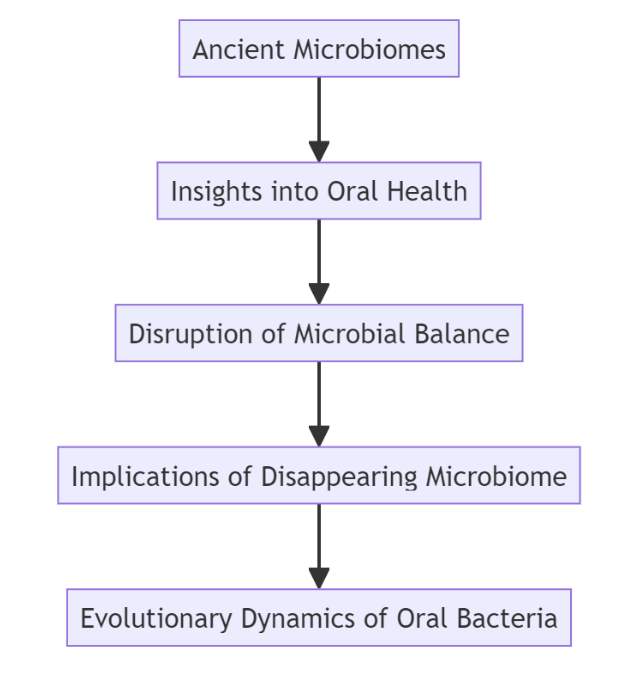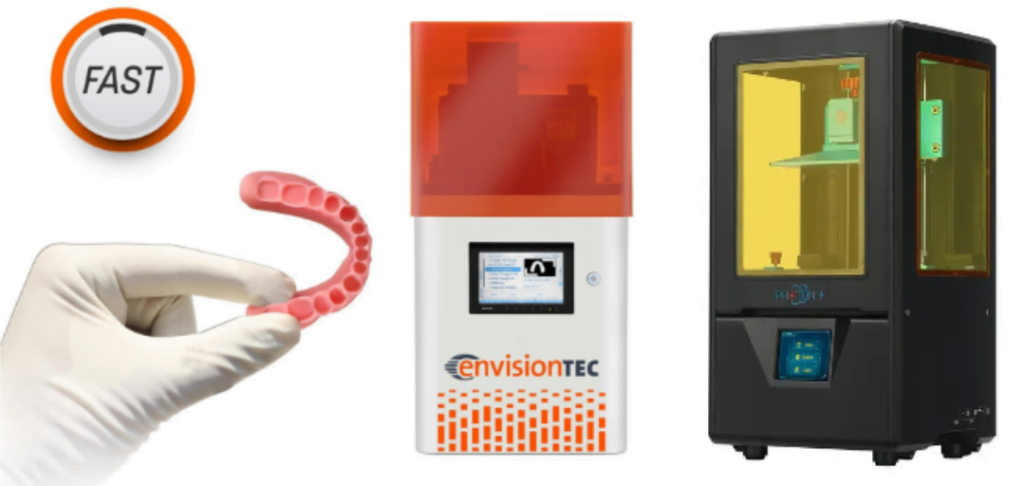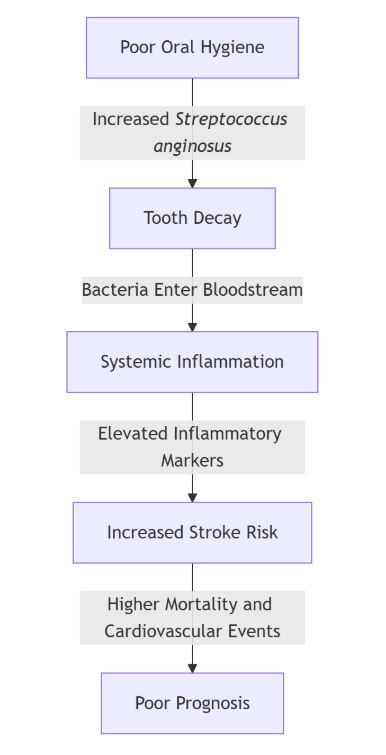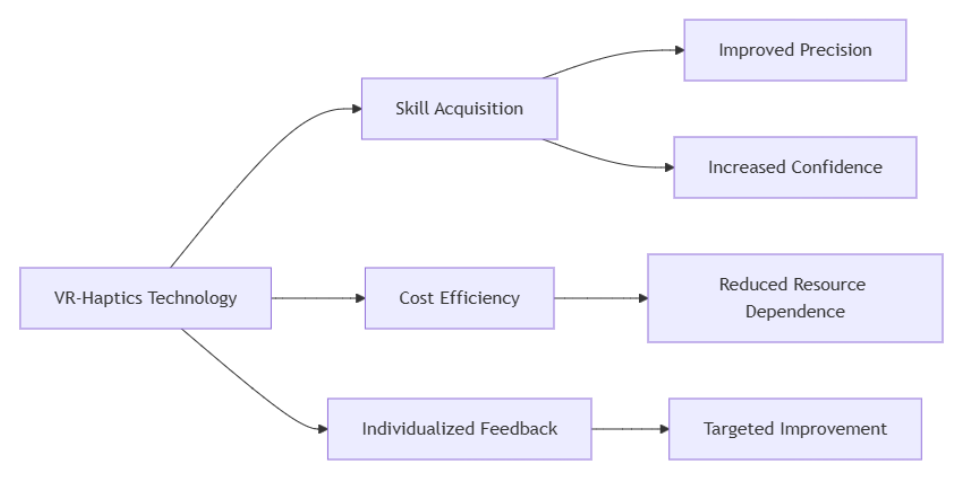Evolution of the Oral Microbiota – New Data on Bronze Age Teeth
In a groundbreaking study conducted by researchers at Trinity College Dublin, remarkably preserved microbiomes dating back 4,000 years have been recovered from two teeth found in an Irish limestone cave. This research, published in the journal Molecular Biology and Evolution, sheds light on significant changes in the oral microenvironment from the Bronze Age to modern times.
Genetic Analyses Revealing Ancient Oral Health
The teeth, both belonging to the same male individual, provide a snapshot of his oral health and offer invaluable insights into the microbial composition of ancient mouths. Through genetic analyses, the researchers identified several bacteria associated with gum disease, including the first high-quality ancient genome of Streptococcus mutans, a primary contributor to tooth decay.

Oral microbiome retrieval from the Early Bronze Age at Killuragh Cave. a) A schematic of sampling for this study. Two teeth were sampled—KGH1 (left mandibular second molar) and KGH2 (right mandibular first molar). An aliquot was taken from each root (A and B, respectively) and each crown (E and F). b) Normalized relative abundance of 5 common oral pathobionts for ancient teeth, calculus and modern microbiome samples (Human Microbiome Project Consortium 2012; Lloyd-Price et al. 2017) and a lab control from our sequencing. Relative abundance is normalized to the highest abundance sample for each taxon (S. mutans: 10.6%, KGH2-B; Tr. denticola: 4.5%, CS05; T. forsythia: 30.6%. CS36; P. gingivalis: 13.3%, CS32; F. nucleatum: 8.1%, SRR062298): color is scaled within species. Ancient samples are labeled and colored by publication (Skoglund et al. 2014; Warinner et al. 2014; Jones et al. 2015; Schiffels et al. 2016; Philips et al. 2017; Mann et al. 2018; Willmann et al. 2018; Velsko et al. 2019; Brunel et al. 2020; Cassidy et al. 2020; Fagernäs et al. 2020; Jacobson et al. 2020; Neukamm et al. 2020; Seguin-Orlando et al. 2021; Dulias et al. 2022).
Rarity of Streptococcus mutans in Ancient Microbiomes
While S. mutans is prevalent in contemporary oral microbiomes, its scarcity in ancient genomes poses intriguing questions. One plausible explanation is the acid-producing nature of S. mutans, which not only decays teeth but also hampers DNA preservation, hindering its detection in fossilized plaque. Moreover, the introduction of sugary foods in recent centuries may have created more favorable conditions for the proliferation of S. mutans.
Archaeological Insights from Killuragh Cave
The sampled teeth were excavated from Killuragh Cave in County Limerick, Ireland, as part of a larger skeletal assemblage. Despite the absence of visible cavities on the sampled teeth, one tooth exhibited an unusually high abundance of S. mutans DNA, indicating a potential predisposition to cavities.
Disruption of Oral Microbial Balance
The presence of elevated levels of S. mutans in conjunction with the virtual absence of other streptococcal species suggests a disruption in the natural balance of the oral biofilm. This imbalance may have predisposed the individual to oral diseases, highlighting the importance of microbial diversity in maintaining oral health.
Implications of the “Disappearing Microbiome” Hypothesis
The study lends support to the “disappearing microbiome” hypothesis, which posits a decline in microbial diversity in modern microbiomes compared to those of our ancestors. The identification of highly divergent strains of Tannerella forsythia in the Bronze Age teeth underscores the loss of microbial diversity over time and its potential implications for human health.
Evolutionary Dynamics of Oral Bacteria
The researchers observed significant evolutionary changes in disease-causing bacteria, including T. forsythia and S. mutans, over millennia. Notably, the industrial era witnessed the rapid expansion of specific bacterial lineages, coinciding with societal shifts such as increased sugar consumption.
Conclusion
The analysis of ancient microbiomes offers a window into the oral health and microbial ecology of past populations. By unraveling the genetic mysteries preserved in ancient teeth, researchers can better understand the evolutionary dynamics of oral bacteria and their implications for modern health. This study underscores the importance of preserving microbial diversity and highlights the potential consequences of societal changes on oral health.
Sources
- Science Daily – Scientists extract genetic secrets from 4,000-year-old teeth to illuminate the impact of changing human diets over the centuries – March 27, 2024;
- Oxford Academic Molecular Biology and Evolution – Ancient Genomes From Bronze Age Remains Reveal Deep Diversity and Recent Adaptive Episodes for Human Oral Pathobionts – March 27, 2024.








